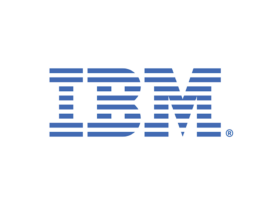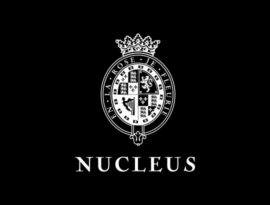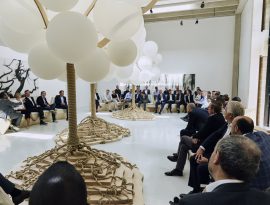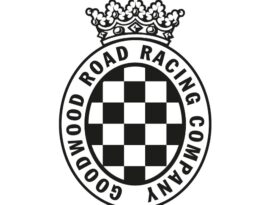Conference Rationale
THE CONSUMER: A NORTH STAR IN A TIME OF UNCERTAINTY AND DISRUPTION
The unfolding and evolving future of mobility brings with it both promise and uncertainty. On one hand, the future promises a world full of connected and convenient mobility ecosystems, integrated across modes of transportation and deeply embedded in the environments where they operate. On the other, making the future of mobility a reality requires innovation and investment from an expanding ecosystem of companies – businesses that face immense uncertainty surrounding massive capital investments in products, services and technologies and if those investments will create and capture value.
As the race to the future of connected, automated, shared and electric continues and accelerates, there is one constant – a “North Star” – that may help serve as a steady beacon as companies navigate the disruption underway and yet to come. That constant is people, our consumers, who throughout history have always chosen which modes of transportation emerge as the most prevalent and dominant. Their quest to get from point A to point B easier, faster, cheaper, more comfortably has built and disrupted industries for centuries, and the same can be applied to the disruption that is currently underway. Consumers will again choose the ultimate winners and losers along the road to the new future of mobility.
Today’s consumers, however, are digital and unlike any other consumer generation in history. For companies looking to take a competitive advantage in the mobility race, using technology to understand – and better yet, anticipate – what their customers want could be the winning advantage.
It’s no wonder that the battle is on to engage the digital consumer, and the stakes are high. The way consumers interact and transact with companies through digital channels is rapidly evolving, driven by constant and rich connectivity, and data creating new services and interfaces. Advancing capabilities in analytics, artificial intelligence and cognitive technologies are delivering rewarding customer experiences throughout the customer life cycle, from pre-purchase through product or service end of life, and building a digital trust in companies and brands that will attract and retain customers.
As transportation shifts from driver-driven, personally owned vehicles to shared, electrified and autonomous fleets, companies will discover new ways to create and capture value as the experience shifts from the asset (the vehicle) to the service and experience surrounding a shared asset.
Where will the greatest opportunity be? New roles and business models will emerge where companies, partnering with other private and public entities will find tremendous opportunity to capture value. Mobility advisors will be needed to create unique and customised consumer experiences, helping build brand stickiness that attracts and retains customers. The role of fleet operators will evolve as new capabilities will be required to safely provide convenient, cost-effective and shared multimodal transportation solutions (solutions that will likely also be autonomous and electrified). Software and other technology companies will need to provide homogenous and secure technology platforms on which the future of mobility operates. Data aggregators capable of collecting, interpreting and anticipating digital customers’ preferences and expectations will be needed to make sense of the digital exhaust the future of mobility will create. And the speed at which public sector entities partner with the private sector will need to accelerate as they work to define regulation that protects consumers while also fueling innovation and incentivising investment in physical and technological mobility infrastructure. Additional opportunities will also emerge in adjacent and converging industries, including retail services and integration with smart home, smart cities, and more.
For the many examples throughout history where individuals have chosen disruptive and emerging mobility options, there are just as many examples where innovations in transportation have been met with fierce resistance. Today’s journey to autonomy, electrification and seamlessly integrated mobility is no different. Consumers need time to see that these technologies can operate safely in public and trust in the brands bringing advanced mobility to market. Mass adoption is inevitable, and winning will ultimately boil down to using technology to create with customers – delivering on what customers want. After all, they have always been a North Star – the constant – in navigating times of uncertainty and disruption.







